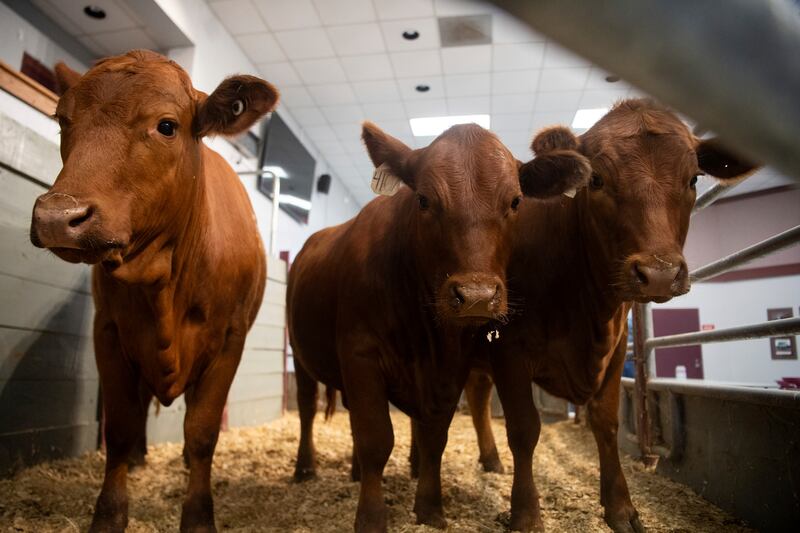
The U.S. has reported its first human case of the New World screwworm in years, prompting federal officials to take urgent measures to prevent further infestations and protect the food supply. The infested individual, a resident of Maryland, has connections to an ongoing outbreak in Central America, although details regarding the specific country visited, whether El Salvador or Guatemala, remain unclear.
The New World screwworm, known for its devastating effects on livestock, is a parasitic fly whose larvae can cause severe damage to warm-blooded animals by feeding on their flesh. According to the Centers for Disease Control and Prevention (CDC), this species had been eradicated from North America decades ago but has reemerged, posing a significant threat to animal health and food security. As of now, there is no specific treatment for infestations, making prevention vital.
In response to the situation, the U.S. Food and Drug Administration (FDA) has issued an emergency use authorization allowing the use of animal drugs to treat or prevent infestations, emphasizing that this authorization is strictly for animal medications. “Today we are taking decisive action to safeguard the nation’s food supply from this emerging threat,” stated Robert F. Kennedy Jr., the Secretary of Health and Human Services. He highlighted the need for swift action to limit the spread of the New World screwworm.
Historical Context and Current Measures
The U.S. has faced challenges from the New World screwworm in the past, leading to significant economic impacts, particularly in the cattle industry. In November 2022, the U.S. closed its southern border to livestock imports due to concerns about potential infestations, as reported by Deseret News. The U.S. Department of Agriculture (USDA) has plans to allocate up to $750 million to develop a facility in Texas dedicated to producing sterile flies, a method proven effective in controlling screwworm populations.
Texas Governor Greg Abbott expressed concerns about the ramifications of a potential infestation, noting that it could cause economic losses of up to $1.8 billion in the state, which is the largest cattle producer in the U.S. The fear is that an outbreak could significantly increase the price of beef and impact the overall livestock market.
Efforts are underway to prevent the screwworm from entering the U.S. through wildlife movement, despite the border closure. In February, the U.S. and Mexico established a comprehensive pre-clearance inspection and treatment protocol to mitigate the risks associated with livestock trade.
Understanding the New World Screwworm
New World screwworms are the larvae of the screwworm fly, which lays eggs in the wounds of animals. The larvae hatch and burrow deeper into the flesh, causing severe and often fatal damage if left untreated. Common signs of infestation include irritability in animals, foul odors, and visible maggots in wounds.
The CDC notes that while these flies primarily target livestock, pets, and wildlife, they can also infest humans in rare cases. The first human case reported in Mexico was successfully treated with antibiotics after the larvae were removed. As the situation evolves, health officials stress the importance of awareness and preventive measures to safeguard both human and animal health.
The emergence of the New World screwworm in the U.S. underscores the need for vigilance in monitoring and controlling this parasite, particularly as it poses a growing threat to the agricultural sector and food security.







